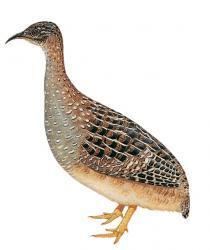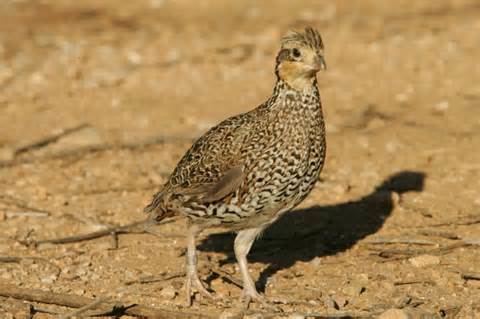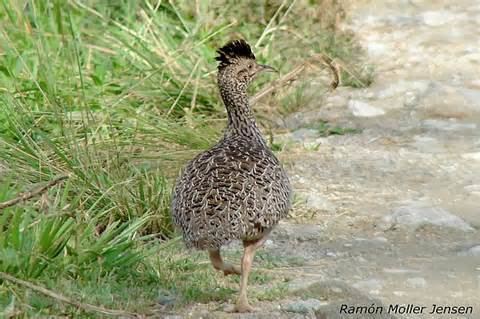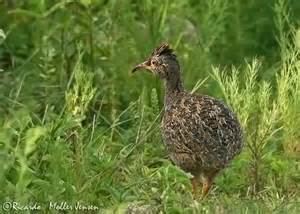Rank Genus | Family Tinamidae Scientific name Nothoprocta Higher classification Rhynchotinae Order Tinamou | |
 | ||
Lower classifications | ||
Perdiz chilena o inamb chileno nothoprocta perdicaria
Nothoprocta is a genus of birds belonging to the tinamou family Tinamidae. They inhabit scrubland, grassland and open woodland in western South America, particularly in the Andes. They are poor fliers and spend most of their time on the ground. Their diet includes seeds and insects. They nest on the ground, laying large glossy eggs. The eggs are covered with feathers when a potential predator is nearby.
Contents
- Perdiz chilena o inamb chileno nothoprocta perdicaria
- Ornate tinamou perdiz cordillerana nothoprocta ornata
- Species list
- Etymology
- References

They are medium-sized tinamous, 26 to 36 cm (10–14 in) long. They have strong legs and fairly long, downcurved bills. The plumage is mostly grey-brown with intricate black, white and buff markings. The birds have loud, whistling calls.

Ornate tinamou perdiz cordillerana nothoprocta ornata
Species list

There are at least six species in the genus. A seventh species, Kalinowski's tinamou, Nothoprocta kalinowskii, is sometimes recognized but is more likely to be a junior synonym of Nothoprocta ornata branickii, a subspecies of the ornate tinamou. The SACC voted to demote the Kalinowski's Tinamou, on 14 Feb 2007.
Etymology
Nothoprocta comes from two old words, nothos a Greek word meaning spurious or counterfeit, and prōktos meaning hindpart or tail. This combination of words probably has to do with the tail being small and covered with body feathers, therefore looking fake.
